The team had already been formed and the season was fast approaching, but there were a few lingering unknowns. And Skowhegan athletic director Jon Christopher wanted to take care of them, once and for all.
It was last Friday, and Christopher took Skowhegan’s new unified basketball team and scheduled an exhibition with Nokomis, a school back in the unified fold from last year. The season wasn’t going to start for another week. Christopher, though, wanted a test run.
“We wanted to get a feel for how it actually is,” he said. “We just really didn’t know. We knew what the rules were, but we didn’t know how people applied them and lived by them.”
Christopher could see it was a success. He heard plenty, too.
“The excitement after one game here, just teachers who attended or students who attended, that’s all they could talk about when they walked through these halls on Monday, three days after the event,” he said. “That tells you how exciting it was for them.”
Skowhegan’s new to the unified game, which gives students with disabilities a chance to play and compete, but it’s hardly alone as the sport that arrived on the Maine high school scene two years ago continues to blossom. Sixteen schools were added to the Maine Principals’ Association docket for this year, a group that includes Mount View and Mt. Blue, along with Skowhegan. What was once a one-division operation now features a South conference with 25 teams and a North conference with 23. The growing number of schools — and varying competitive approaches they take — led to the implementing this season of an option for ending the season: competing in the MPA tournament, or finishing the season in a less intense round-robin festival.
It all adds up to one clear bottom line this season: Maine’s newest sport is growing. Rapidly.
“We’re basically doubling numbers year after year, it looks like, which is a good trend to see,” said Ian Frank, the director of Project Unify at Special Olympics Maine. “The first couple of years were obviously such a success that other schools were witnessing it, seeing it firsthand, and going ‘why haven’t I got this going in my school?'”
JOINING UP
For the schools just signing up, there were several reasons for delay. The biggest hurdle was money, as some schools, either dealing with established budgets or already pushing their resources with their varsity sports offerings, faced a tall task in making the commitment to paying for the coaches, uniforms, transportation, and officials.
“For us, Special Olympics or the MPA, to say ‘hey, we’d like to see you start a new program,’ the first thing we usually hear is ‘Well, Ian, how am I going to do that funding-wise?’ ” Frank said.
Special Olympics answered those concerns, offering grants for two years for schools looking to add unified basketball to their programs, but money wasn’t the only cause for hesitation. Some schools were reluctant to add the sport until they saw for themselves how it fared in its first few seasons. Some schools had low numbers for athletes. And in Skowhegan’s case, the school meant to add the sport for the 2015-16 year but missed the deadline for the grants it needed to persuade the school board.
“They were a little late getting in information for last winter, in terms of being eligible for any of that money. It was pretty much gone by the time they considered getting in on it,” Christopher said. “We just made sure we stayed ahead of the curve for the next year.”
The concerns aren’t insurmountable, however. The grants ease the financial burden. Co-op teams take care of smaller numbers. And once a school adds the sport, the student body often ensures that it flourishes.
“If I had a signup sheet, we’d probably have 400 kids wanting to play and help with unified basketball,” said Cony athletic director Paul Vachon, whose school joined the first unified wave in 2014. “It’s to the point where I have to cut helpers. They’re lined up to try to be on this team.”
A PLAN FOR EVERYONE
Even among teams taking on unified basketball, there remained one key wrinkle to work out. Forty-eight teams allows for a lot of different viewpoints, and one of the bigger issues settled over how seriously to take the competition of the games.
“There are a lot of views on that,” Christopher said. “Some people think that if you start trying to win these games in a competitive situation, it takes away maybe a little bit of the uniqueness and the specialness, the excitement and the fun that goes with it.”
The MPA and Special Olympics worked together to accommodate everyone, and came up with a solution for this season. Teams that qualify for the MPA tournament by finishing in the top two-thirds of the standings can compete in the playoffs. Teams that would rather not play in a competitive tournament can instead join a year-ending round robin festival at Yarmouth that will be more recreational than the playoffs.
For some schools, unified basketball is treated like a varsity sport. They have ample numbers and talented players, and they try for a Gold Ball just as they would with their boys and girls basketball teams.
“There are some teams that take it really seriously, and very, very competitive,” said Hall-Dale athletic director Colin Roy, whose team, a co-op with Richmond, is coached by Bob Sinclair and Meagan Soule. “There are other schools whose partners are really involved. They will go in there, rebound, dribble the ball up and score on their own. They’ll take shots at the last second to try to win a game. They may even steal the ball. I haven’t seen them steal the ball from a unified kid, but there are teams whose mindset is much more competitive-minded than we are.”
“Playoffs do get a little bit competitive as we get through the rounds,” Frank said. “Some schools are a little discouraged from that.”
The festival is designed to cater more to teams taking Hall-Dale/Richmond’s approach, in which winning is nice but prioritized behind participation and fun.
“We try to make it more of an experiential opportunity,” Roy said. “We try to compete, but we’re not pressing. Our partners last year took one shot all year long, and that was a heave from halfcourt, seconds before halftime was over. … Rules allow partners to score a small percentage of points. We choose not to have our partners shoot at all.”
The two-event approach is also perfect for teams in the middle — teams like Cony, which had a strong, competitive team two years ago but, with all freshmen on the roster this year, will likely opt for the festival when the deadline to choose arrives.
“Now, it’s to the point where you can make a choice, whether you’d rather compete in that competitive world or if you wanted to just play the game and … have some fun with it,” Vachon said. “I think having a choice is a very good idea.”
GOING FORWARD
The climbing numbers and evolving competitive models make it clear. Unified basketball has started to spread. And other schools are beginning to notice.
“There’s been a lot of promotion on this. A lot of publicity, good newspapers … and TV stations and things of that sort,” Vachon said. “They all go ‘wow, this looks like a lot of fun.’ And I have different schools calling me up all the time asking ‘how’d you get into this?’
“With Special Olympics and the MPA, it’s just blossomed.”
The sport leans heavily on student participation, both as athletes and as partners.
“It just takes the right person in the school to run with it, and once we get, what we call that ‘champion’ in that school,” Frank said. “And what we’re finding is, once it is established … the students are so invested in it that the program is pretty much self-sustainable just from the students’ involvement itself.”
More and more schools are seeing this for themselves, and Frank doesn’t want to see the growth start to slow.
“We’re still hoping for the growth that we’re getting,” he said. “There are still plenty of high schools that aren’t involved. Our ultimate goal is for every high school to get involved in unified basketball.”
It isn’t limited to the hardwood. Frank said Special Olympics is working with the MPA to add spring track and field to the unified ranks.
If basketball is any indication, the support will be there.
“People love to watch it, they really, really do,” Vachon said. “They see the kids having a great time and they see them in a competitive world and they love it.”
Drew Bonifant — 621-5638
dbonifant@centralmaine.com
Twitter: @dbonifantMTM
Send questions/comments to the editors.


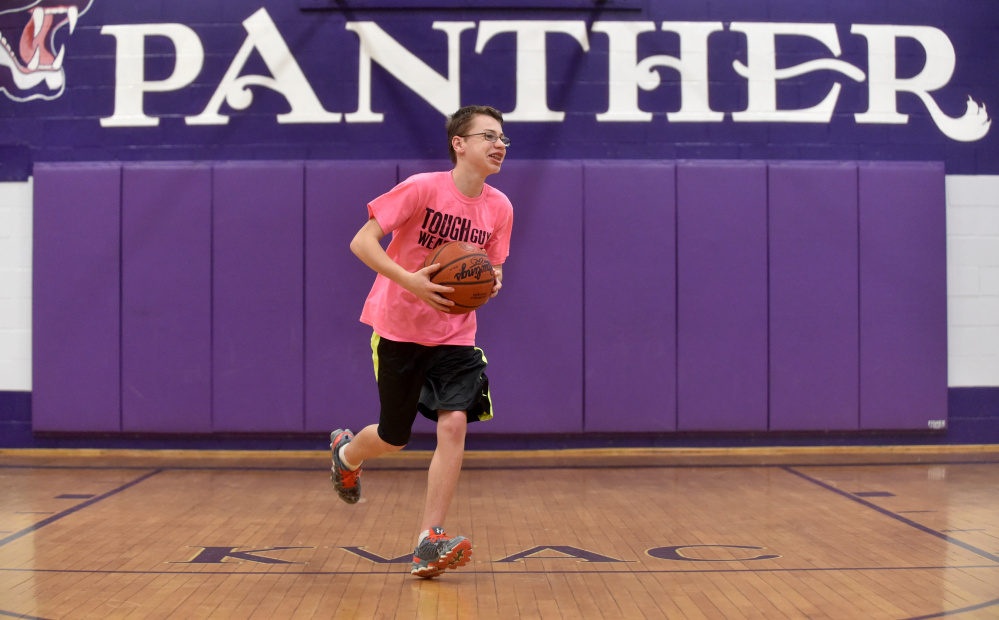
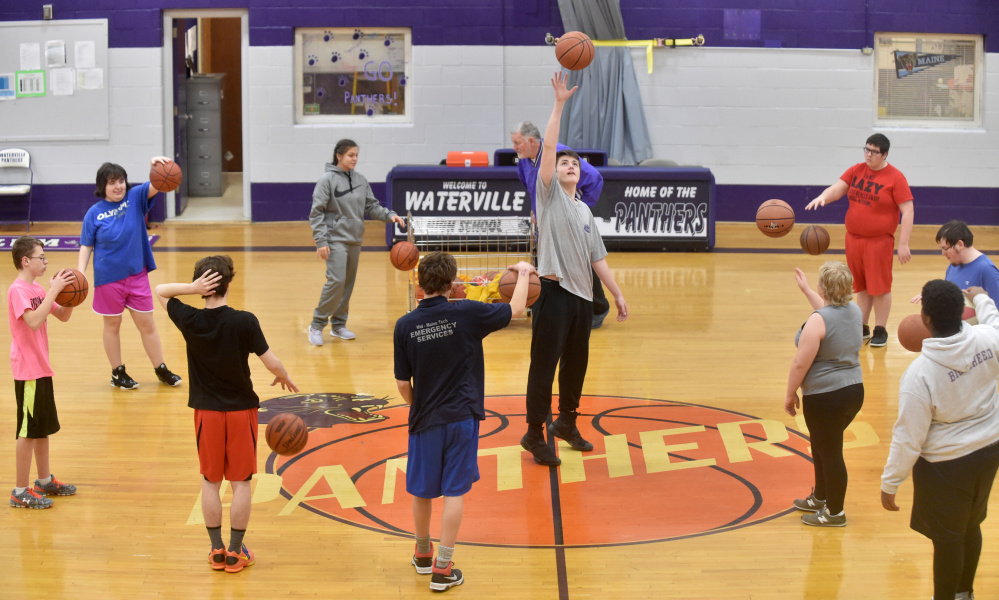
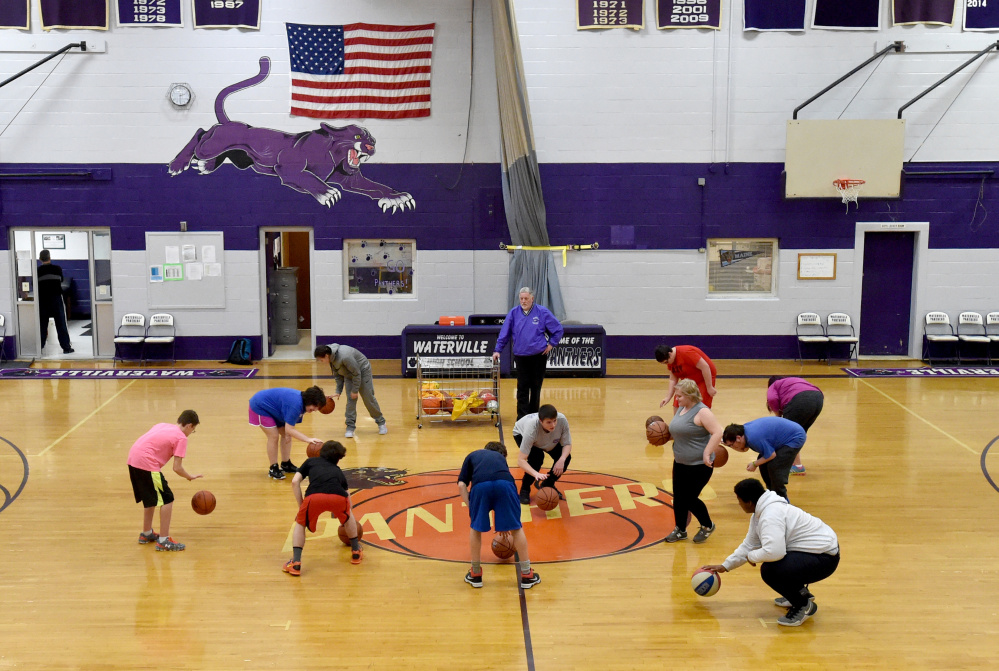
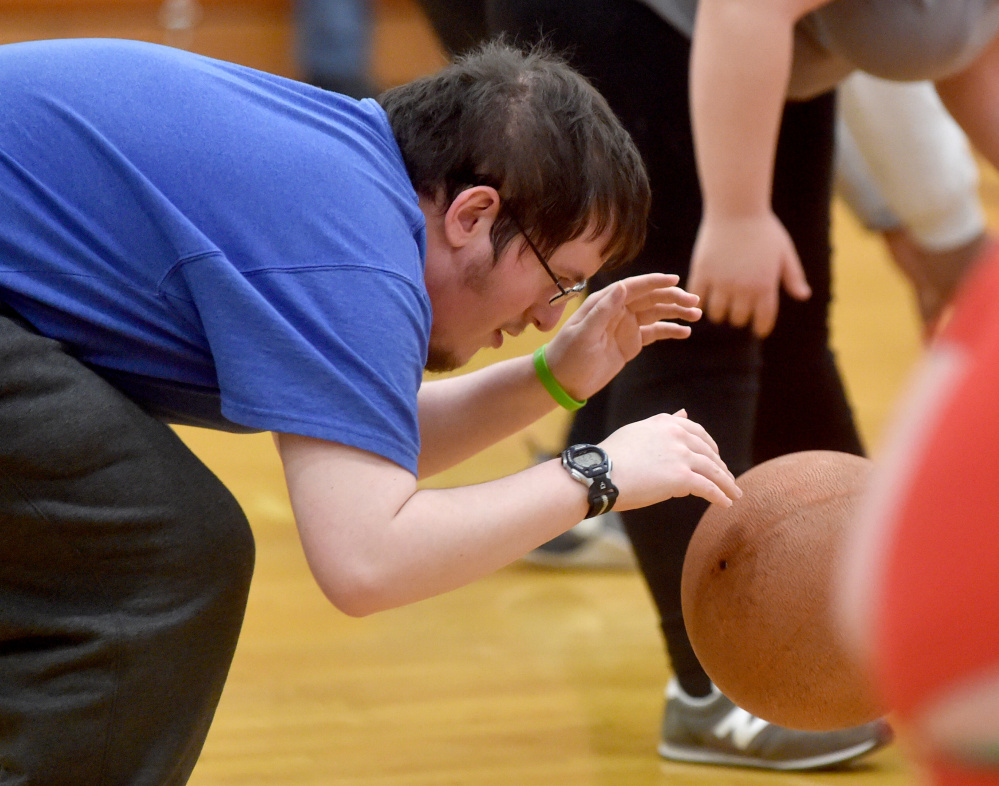
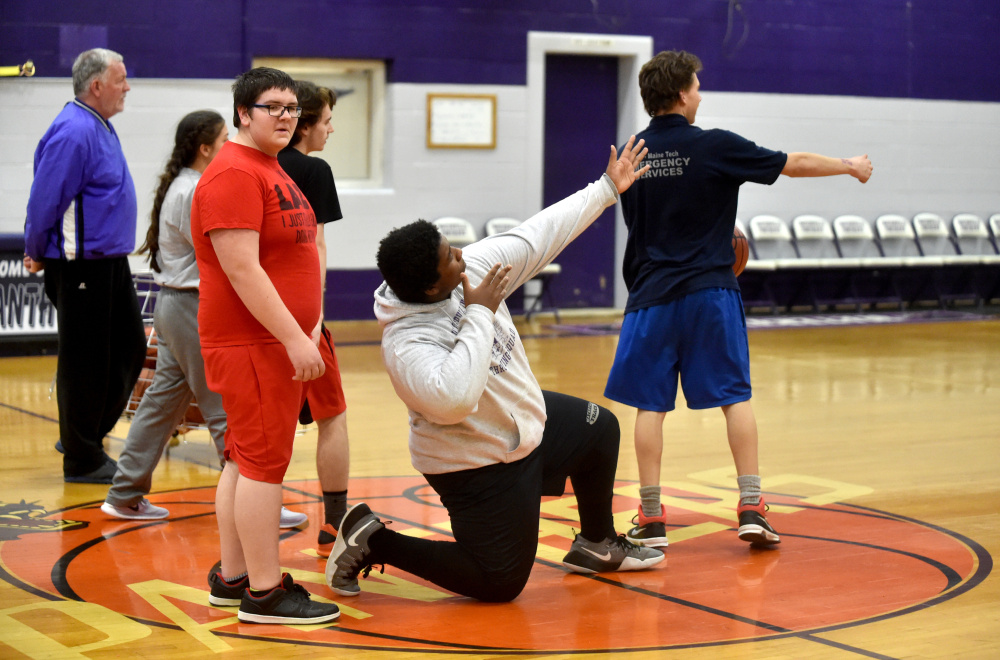
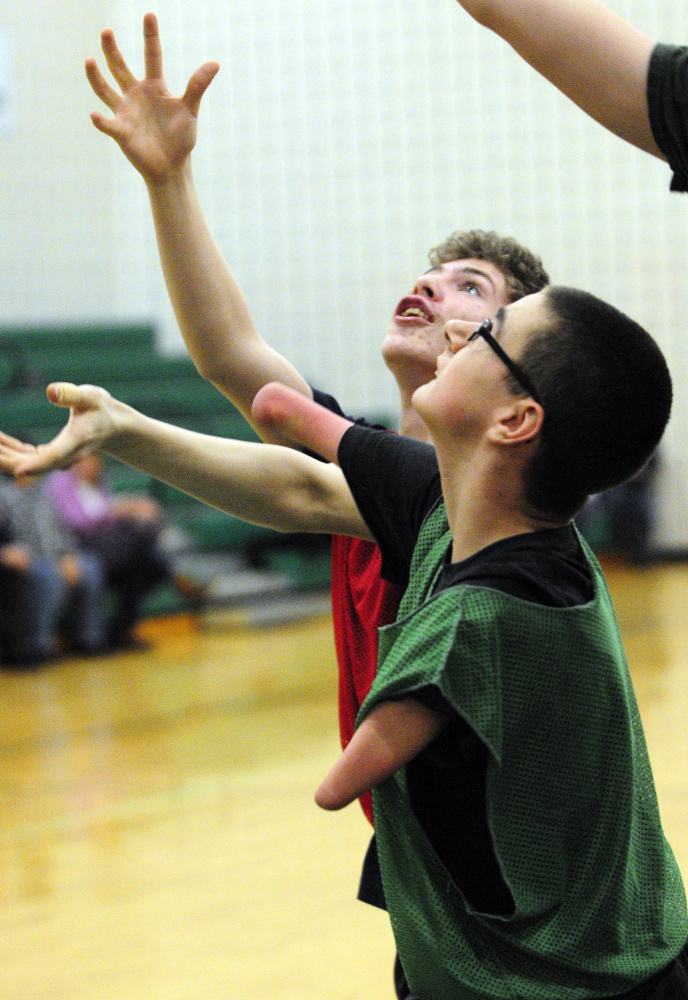
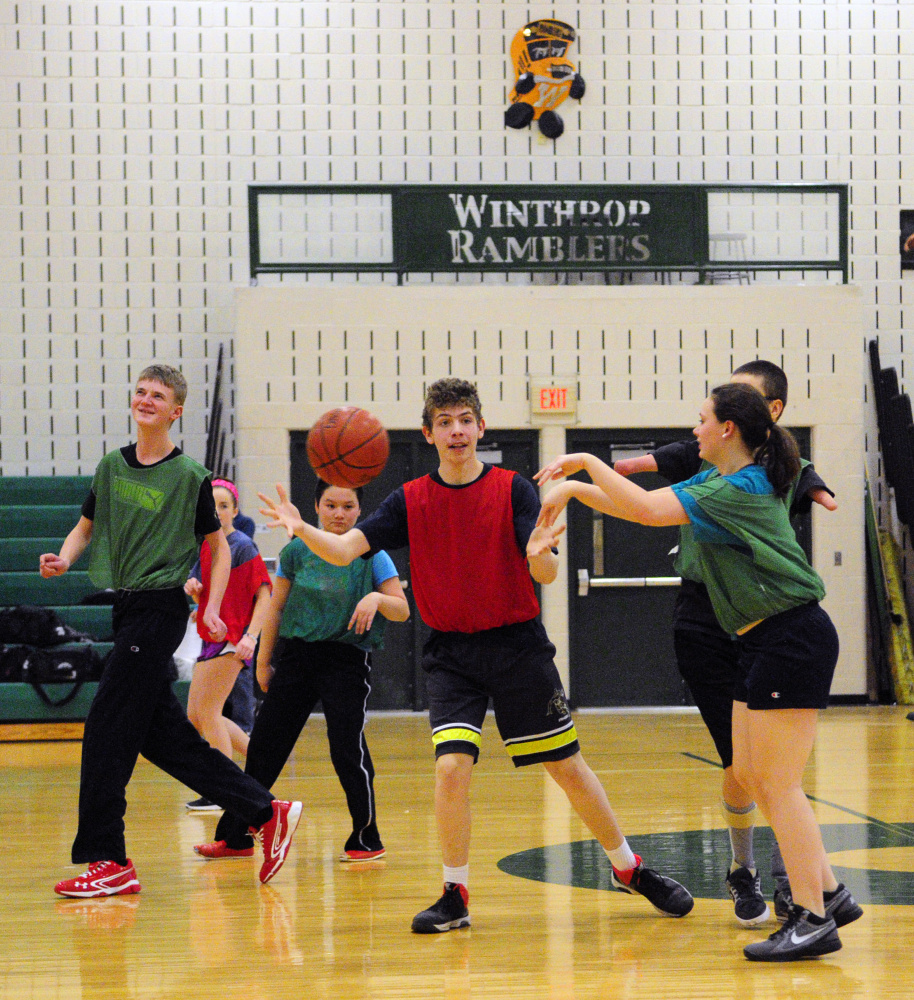
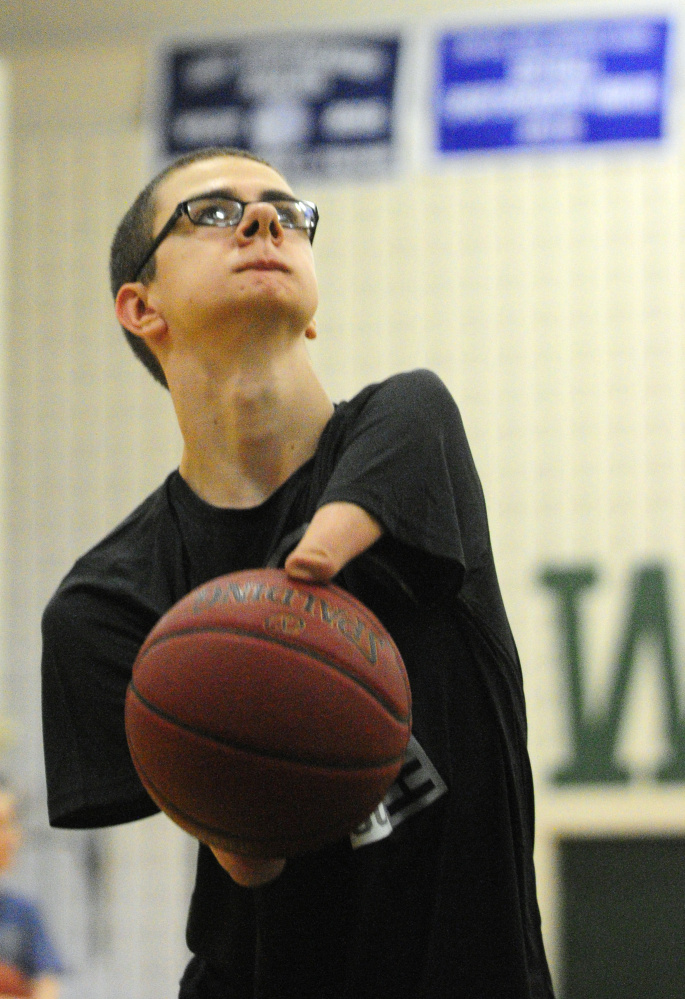
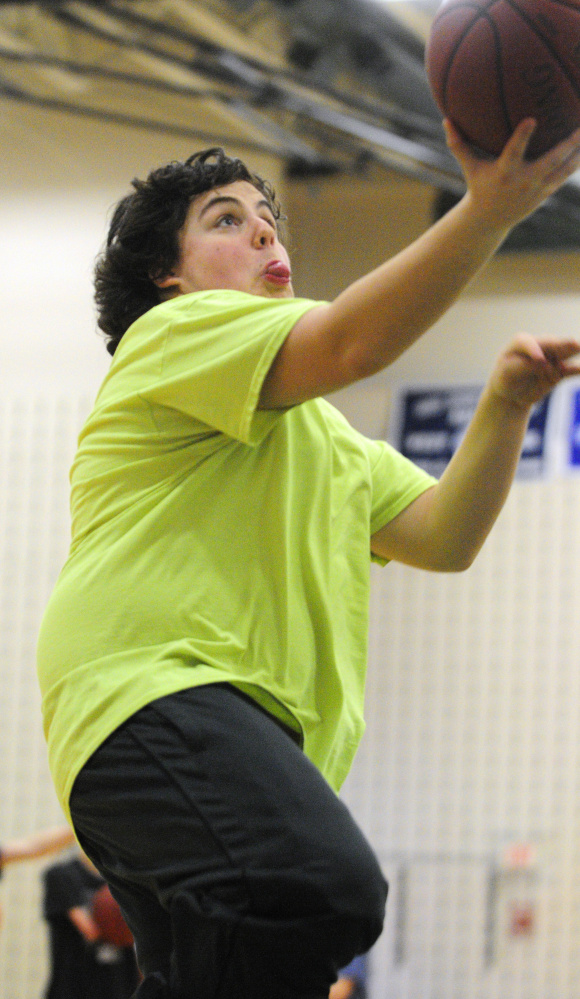
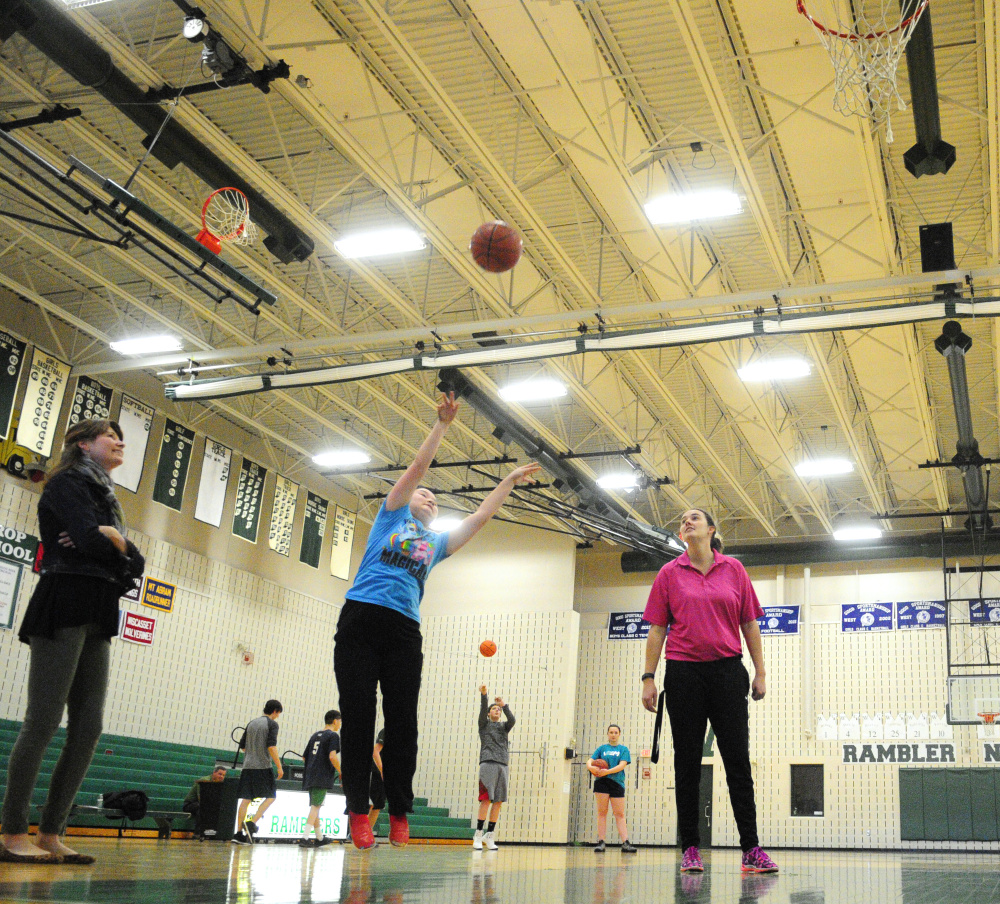
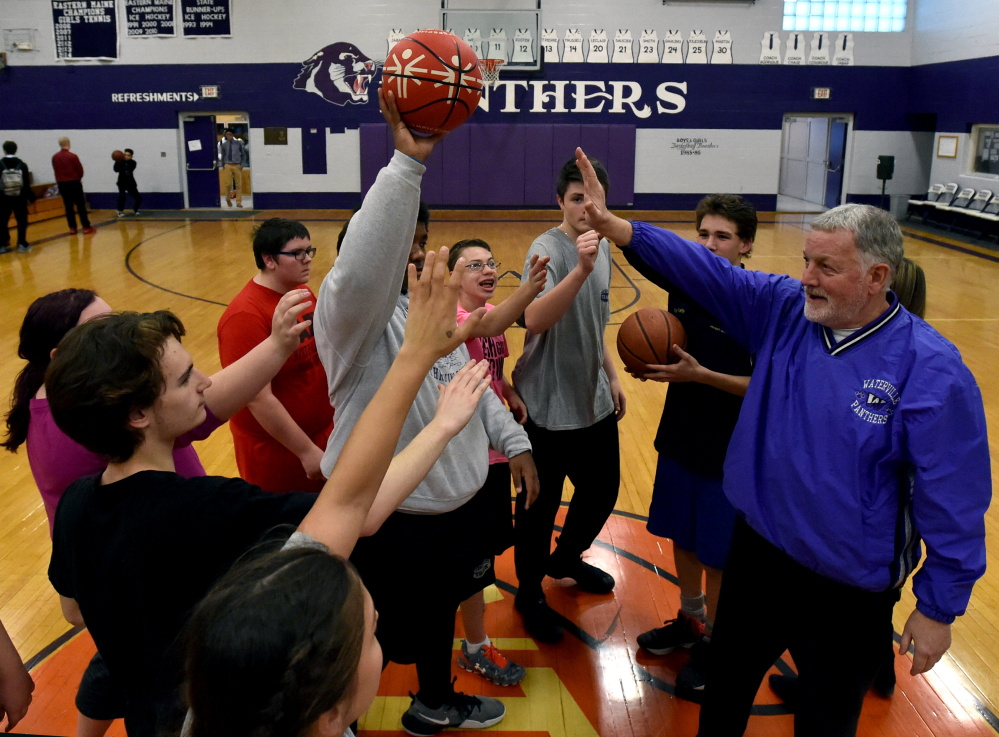

Success. Please wait for the page to reload. If the page does not reload within 5 seconds, please refresh the page.
Enter your email and password to access comments.
Hi, to comment on stories you must . This profile is in addition to your subscription and website login.
Already have a commenting profile? .
Invalid username/password.
Please check your email to confirm and complete your registration.
Only subscribers are eligible to post comments. Please subscribe or login first for digital access. Here’s why.
Use the form below to reset your password. When you've submitted your account email, we will send an email with a reset code.